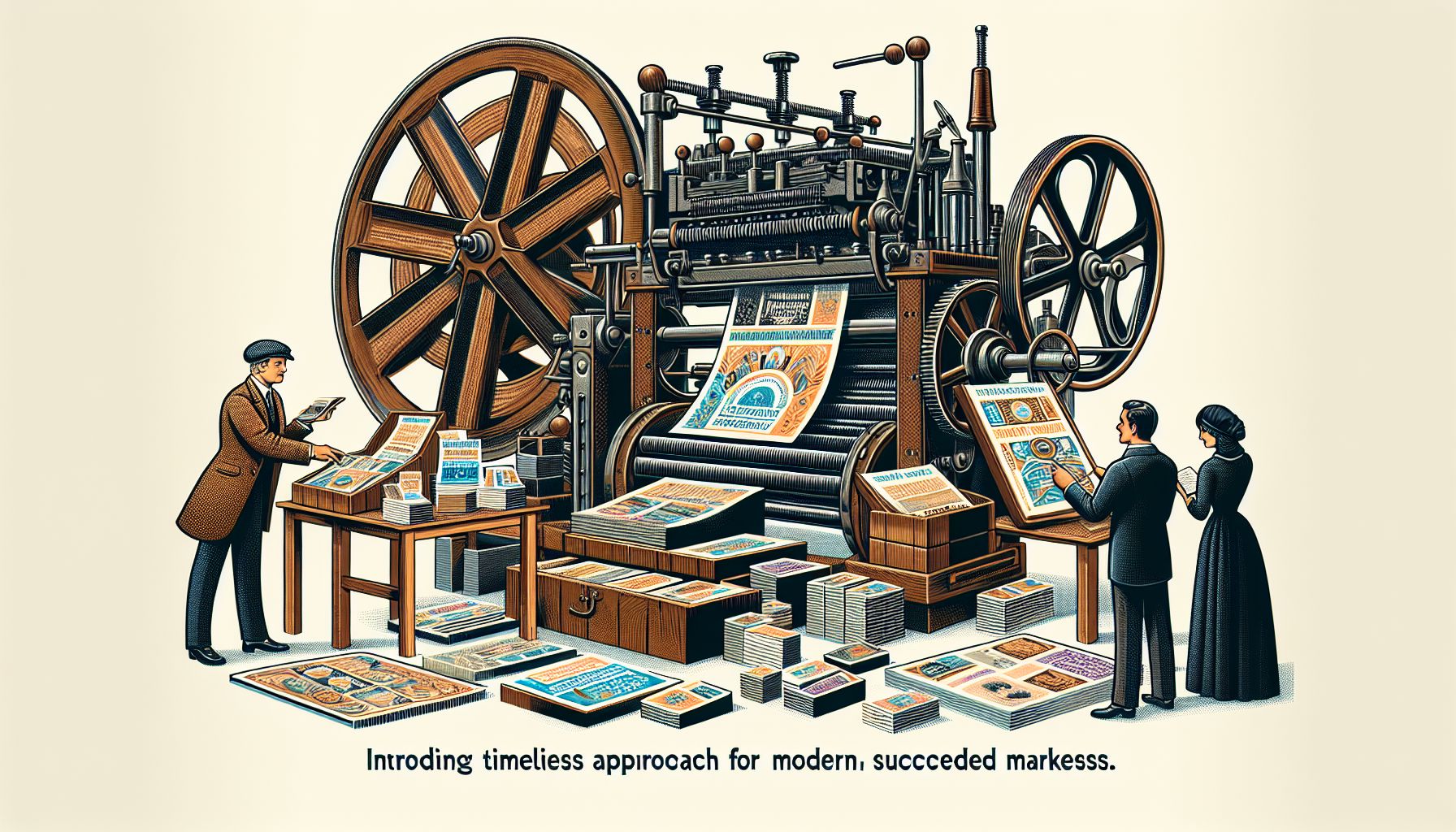In today’s digital age, it is easy to assume that printed marketing has become obsolete. With the rise of social media, email marketing, and online advertising, it may seem that traditional marketing methods have lost their relevance. However, this is far from the truth. Printed marketing remains a powerful tool that can effectively engage customers, build brand loyalty, and drive sales. In this article, we will explore the enduring value of printed marketing and why it should still be an essential component of any successful marketing campaign.
The Importance of Physicality in Marketing
In a world inundated with digital content, physical marketing materials have a unique ability to cut through the noise and capture attention. Unlike digital advertisements that can be easily scrolled past or ignored, print materials such as brochures, flyers, and direct mailers demand interaction. When someone holds a beautifully designed brochure or receives a personalized direct mail, they are more likely to create a tangible connection with the brand.
Printed marketing materials provide a sensory experience that digital media simply cannot replicate. The texture of premium paper, the vibrant colors, and the crispness of print all contribute to a lasting impression. Whether it’s a well-designed business card or a creatively folded brochure, the physicality of print marketing leaves a lasting impact on potential customers.
Enhancing Brand Credibility and Trust
In a world filled with online scams, fake news, and data breaches, it is no wonder that people are beginning to question the credibility of digital marketing. Printed materials, on the other hand, offer a level of trust and authenticity that online advertisements often lack. Studies have shown that people tend to trust printed materials more than their digital counterparts, perceiving them as more reliable and reputable.
By investing in professionally designed printed materials, businesses can project a sense of credibility and professionalism. A well-crafted brochure or catalog conveys a sense of permanence and attention to detail, instantly elevating the perceived value of a brand. In this fast-paced digital world, printed marketing materials can provide a refreshing change that builds trust and establishes a strong foundation for long-term customer relationships.
The Tangible Impact of Direct Mail
With email inboxes flooded with promotions and newsletters, it is becoming increasingly challenging to capture the attention of potential customers through digital means alone. This is where direct mail shines as a highly effective marketing tool. In fact, statistics show that direct mail has response rates significantly higher than email marketing.
Unlike email, which can easily be deleted or marked as spam, physical mail tends to receive more attention and elicits curiosity. A well-designed direct mail piece that stands out in a mailbox has a higher chance of being opened and read. Additionally, direct mail allows for personalization, allowing businesses to tailor their marketing messages to specific customer segments, thereby increasing the likelihood of conversion.
Print and Digital: A Harmonious Relationship
It is important to note that printed marketing materials should not be seen as a replacement for digital marketing strategies. In fact, the two can work synergistically to amplify the effectiveness of a marketing campaign. Introducing printed materials into a digital marketing strategy can have a profound impact on overall brand visibility.
For instance, including QR codes or personalized URLs (PURLs) in print materials enables easy tracking of customer interactions and integrates seamlessly with digital marketing analytics. This integration allows businesses to measure the effectiveness of their printed materials and make data-driven decisions when refining their marketing strategies.
Furthermore, print materials can serve as powerful offline reminders of a brand’s online presence. Including social media handles, website URLs, and email addresses in printed materials encourages customers to engage with the brand across multiple channels, thereby increasing brand recognition and loyalty.
Sustainable and Eco-Friendly Printing Practices
One common concern regarding printed marketing is its impact on the environment. While it is true that printing can be resource-intensive, advances in printing technology have made it possible to adopt eco-friendly practices. Many printing companies now offer recycled paper options, vegetable-based inks, and energy-efficient printing processes.
Furthermore, smart marketing strategies can reduce waste by targeting specific customer segments more accurately. By analyzing customer data and tailoring print campaigns to reach the most receptive audience, businesses can minimize unnecessary printing and optimize their marketing efforts while reducing the environmental footprint.
Conclusion
In a world dominated by digital marketing, printed marketing materials offer a unique opportunity to engage customers on a deeper level. The tactile nature of print materials, combined with their ability to establish credibility and provoke curiosity, make them invaluable tools for modern businesses. When used in conjunction with digital marketing strategies, printed materials can help drive brand recognition, build trust, and increase customer loyalty.
In an era where everyone is hit with countless online ads and email promotions, printed marketing stands out as a timeless approach that taps into the human desire for tactile experiences and authenticity. So, next time you plan your marketing campaign, remember the power of print and how it can elevate your brand above the digital noise.
